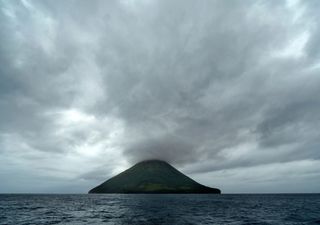Canaletto and Bellotto's Paintings of Venice as a Climate Indicator
An analysis of Canaletto and Bellotto's detailed paintings of Venice reveals how much the lagoon's water level has risen from the 18th century to the present day.
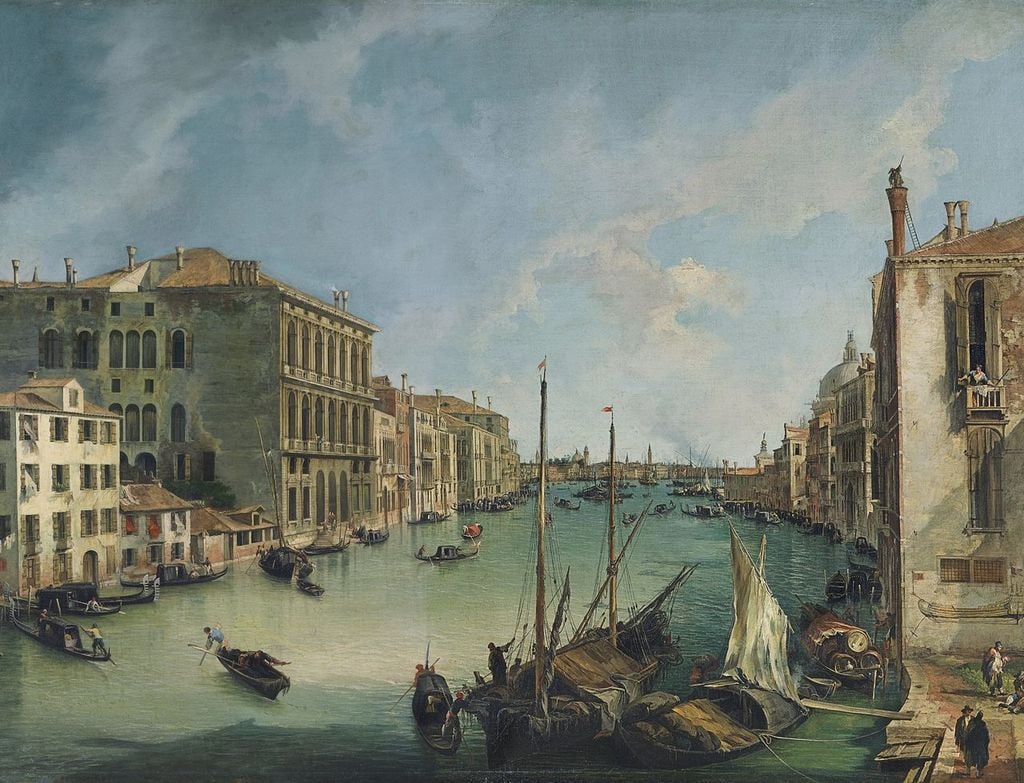
One of the impacts of global warming is the relentless rise in sea level, more or less severe depending on the different climate scenarios presented by the IPCC. And one of the cities always in the spotlight (we could say “up to its neck in water”) when thinking about this threat is Venice, mainly due to its uniqueness—it's located in a brackish lagoon connected to the Adriatic Sea.
The people of Venice have lived with water since the city's origins. The first settlers arrived in the 5th century on some of the marshy islands in the lagoon, although the main urban center wasn’t founded until the 9th century. Over time, it became one of the most important commercial cities in Europe and a major artistic influence. Today, it is the most visited city in Italy and one of the most touristic places in the world.
Venice in painted postcards
Venice is one of those places in the world that feels familiar even if we’ve never been there. Movies have transported us to the city of canals countless times—so has the Venice Film Festival and the city's famous carnival. Adding to this collective image are the 18th-century paintings by Canaletto (1697–1768) and his nephew and student Bernardo Bellotto (1721–1780).
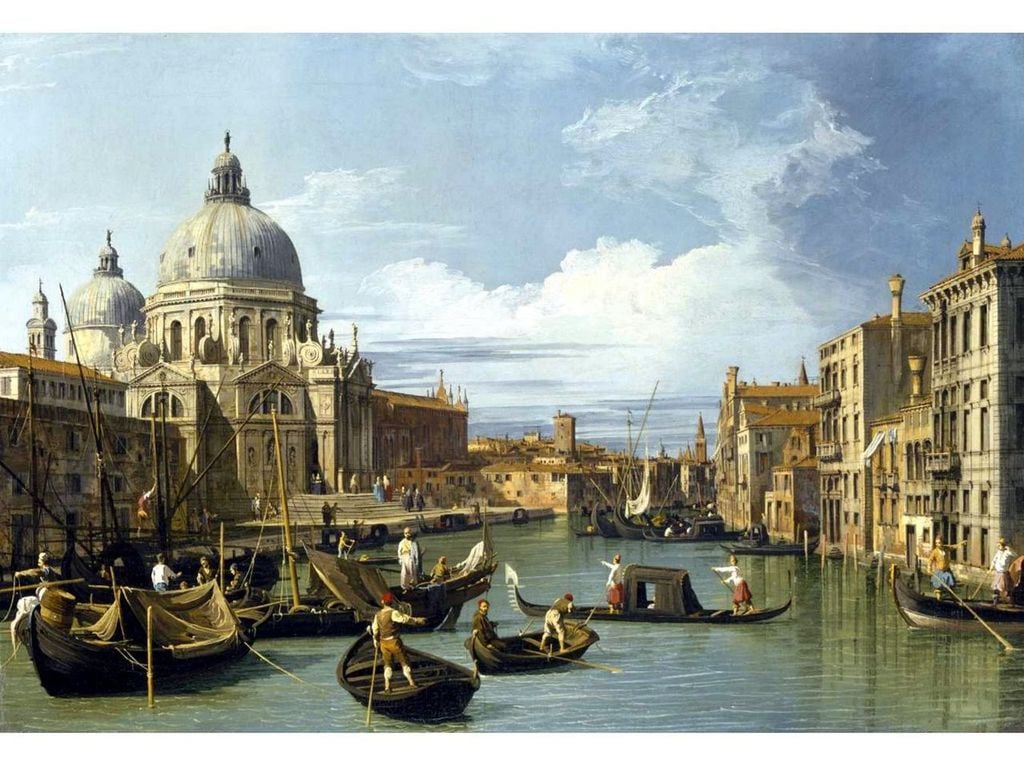
Both artists were leading figures in *vedutismo*, a genre of landscape painting that emerged in 18th-century Italy. It featured panoramic urban scenes in perspective, with a high level of detail, allowing us to time-travel through their works and see how those places have changed—some subtly—between then and now.
It’s similar to what we do when we compare an old photograph or postcard of a city with a modern image taken from the same spot. Canaletto and Bellotto (who also used his uncle’s name) painted dozens of very precise views of Venice, many of which feature buildings (palaces, churches...) that still stand today, supported by wooden piles resting on the lagoon floor.
An original scientific investigation
The level of the Venetian lagoon—and therefore of the city's 160 canals—varies due to periodic changes in water levels, influenced by wind and tides. The city has long experienced acqua alta events, when water rises more than 90 cm, flooding pedestrian areas, including the famous Piazza San Marco.
Aside from these natural fluctuations, since 1872, when water level measurements began, records have shown a rising trend, especially in recent decades, heightening concern about the city's future.
Researchers began to study the issue closely and proposed engineering solutions to counteract the rising water levels.
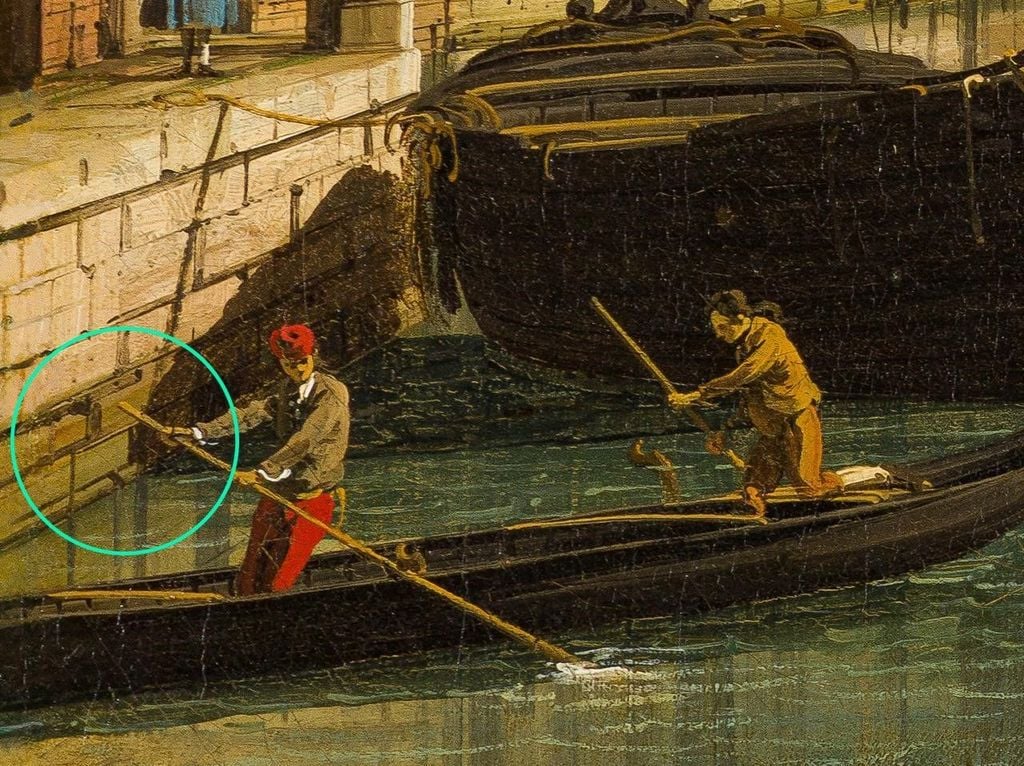
The leading expert on water level variations in the Venetian lagoon is Italian physicist Dario Camuffo, who led the rescue project for Venice in the 1990s through the CNR (Italy’s National Research Council, equivalent to Spain’s CSIC). He wanted to know whether water levels could be traced back even further than the start of official records—so he turned to the paintings of Canaletto and Bellotto.
Together with his colleague Giovanni Stutaro, Camuffo published a fascinating study in June 2003 in the journal Climate Change (Vol. 58, pp. 333–343) titled: Sixty-cm submersion of Venice discovered thanks to Canaletto's Paintings. They selected around 60 paintings of Venice by both Canaletto and Bellotto and analyzed where the two artists painted algae marks on various palaces and piers. They compared this visual information with the algae positions observed at the start of the 21st century, when the research was conducted.
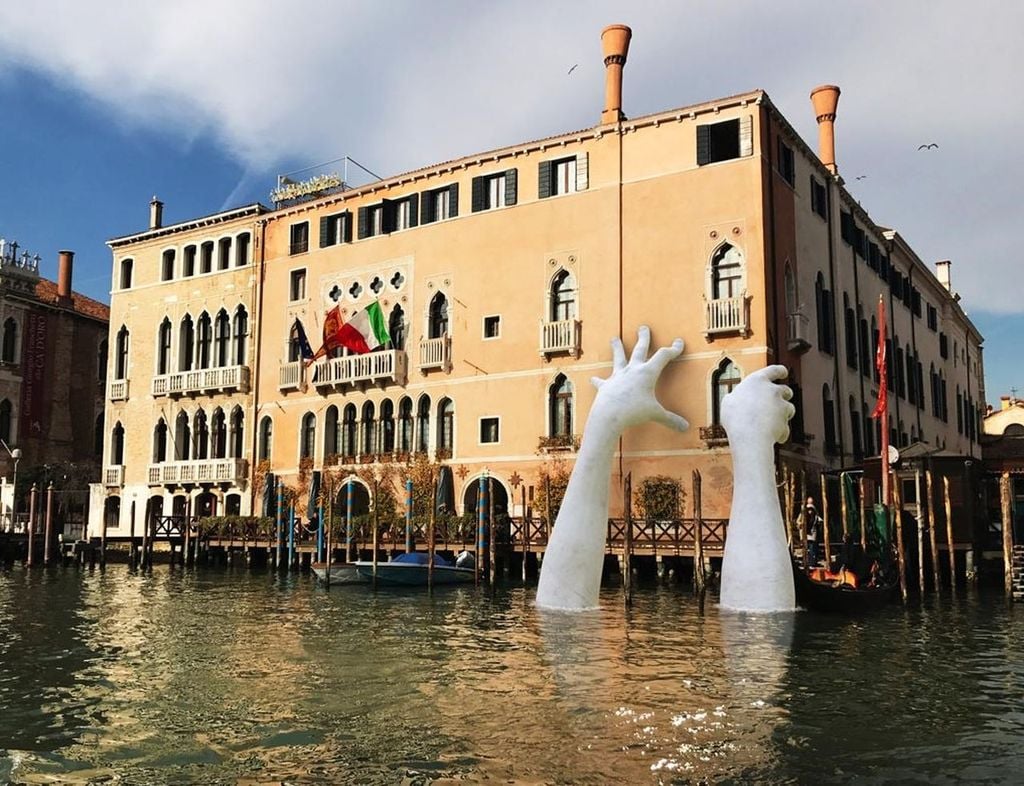
As the article’s title indicates, from the mid-18th century to today, Venice has sunk 60 cm—or, in other words, the lagoon's water level has risen by that amount. These water level changes can't be attributed to a single cause. There’s an anthropogenic factor—both due to the city’s unique wooden-pile foundation and to global warming, which is directly linked to rising sea levels in the Mediterranean.
Camuffo and Stutaro suggested in their study (published over 20 years ago) that under a conservative future scenario, the rate of sea level rise in Venice’s lagoon would range between 0.4 mm/year and 2.3 mm/year. Given the trends in recent years—with the Mediterranean increasingly affected by intense, long-lasting marine heatwaves—their projections now appear to have fallen short.








